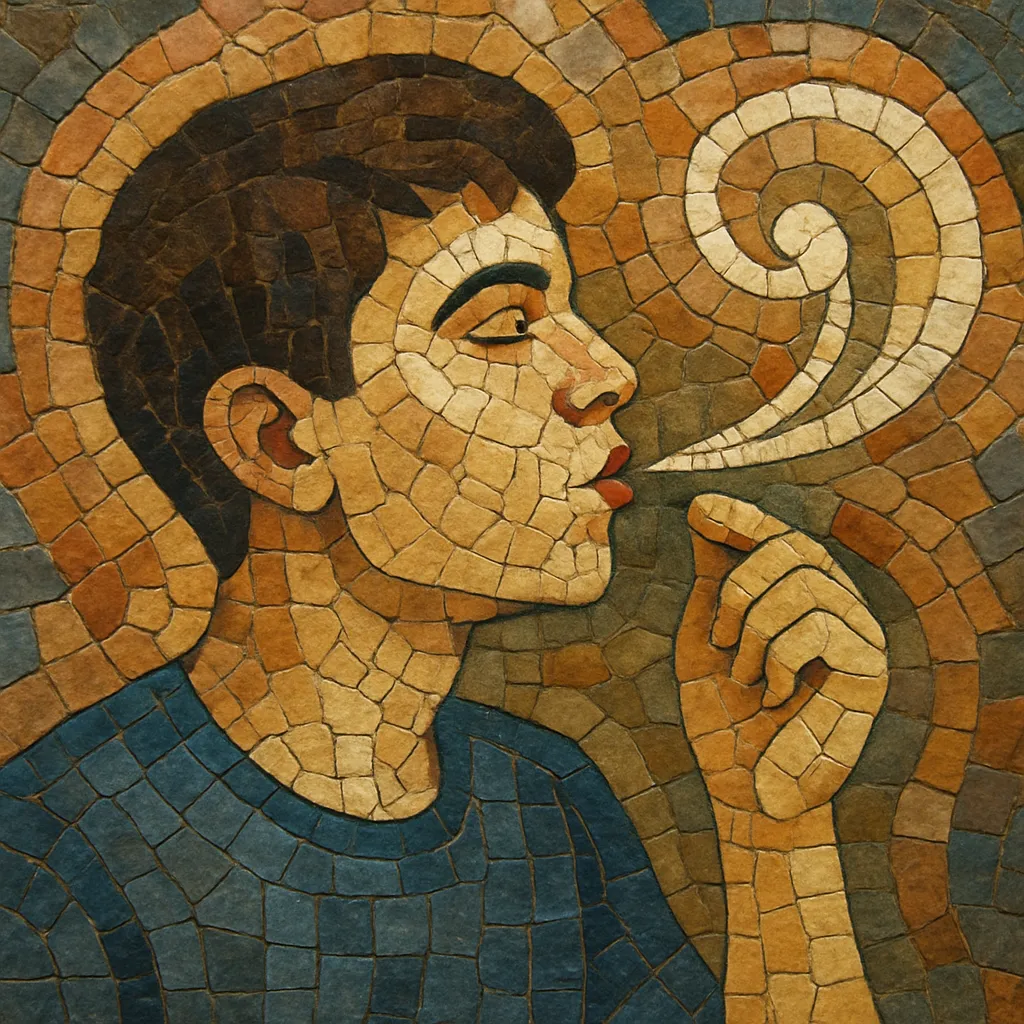Whistling is a vocal-centric genre where the human whistle is treated as the lead melodic instrument.
It emphasizes pure tone, pitch control, vibrato, trills, and bird-call imitation, often presented as instrumental melodies or as featured solos within popular songs.
Arrangements typically pair the whistler with light orchestra, guitar, piano, jazz combos, or easy-listening ensembles, though contemporary productions also use minimal electronic backdrops.
While whistling appears across many styles (pop, jazz, film music, folk, and classical), as a genre it foregrounds the whistle itself—turning it into a featured timbre with a distinctive lyrical, clean, and ultra-portable sound.
Professional whistling as a featured stage and recording act coalesced during the late 19th century in the United States, emerging from vaudeville and parlor entertainment. Early recording pioneers such as Alice J. Shaw (“the Whistling Prima Donna”) cut cylinders in the 1890s, proving that the whistle could carry familiar tunes with clarity and charm.
Between the 1920s and 1960s, whistling thrived as novelty and virtuoso entertainment. Dance bands and radio showcased whistlers as soloists; Elmo Tanner’s whistling on Ted Weems’ “Heartaches” became a signature, while Fred Lowery popularized lyrical, bird‑inspired whistling. In the UK, Ronnie Ronalde blended whistling with music‑hall showmanship and birdsong imitation, helping define a concert‑hall version of the craft. Jazz and easy‑listening audiences also embraced the sound—Toots Thielemans’ “Bluesette,” with unison whistling and guitar, offered a sophisticated template.
Whistling became part of the sonic identity of film—especially Italian westerns—through Alessandro Alessandroni’s iconic whistling for Ennio Morricone’s scores, which made the whistle a shorthand for spacious vistas and lone‑ranger drama. This period cemented whistling in soundtrack language, influencing later “spy music,” lounge, and easy‑listening aesthetics.
From the 1990s onward, international competitions and festivals (e.g., in the US, Japan, and Europe) have nurtured a new generation of virtuosi, including champions like Geert Chatrou and Michael Barimo. Singer‑songwriters such as Roger Whittaker and Andrew Bird used whistling as a signature color within pop and indie contexts. Online platforms further broadened the audience, spreading tutorials, performance clips, and niche recordings, and reintroducing whistling into film, advertising, and lo‑fi/easygoing playlists.
Today, whistling persists both as a standalone performance art and as a stylistic color within pop, jazz, folk, film, and commercial music. Its portability, human warmth, and instantly recognizable timbre keep it relevant across eras and media.


